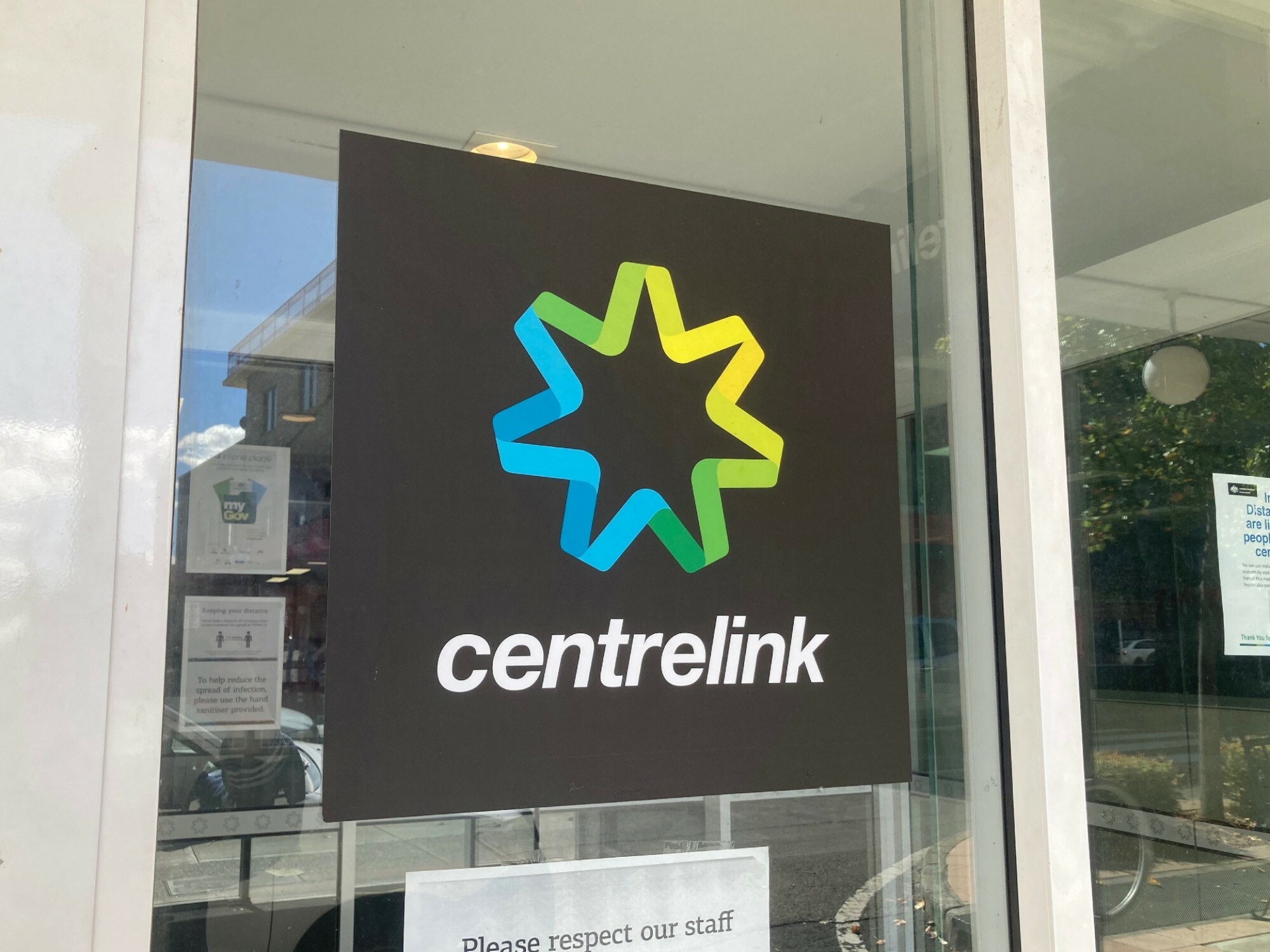
Centrelink youth payments to see biggest rise in decades, still below inflation

Image: Centrelink payments are set to rise in 2023. Photo: disabilitysupport guide.com.au.
By CHRISTINE LAI
Around 1 million Centrelink users will see increases in their welfare payments in 2023, with young people set to be awarded the largest boost in over two decades.
Youth allowance was introduced in 1998 as a main income support payment for young people studying or seeking employment. Indexation will increase by 6.1 per cent from 1 January next year for people receiving youth allowance, Austudy and carer payments.
This will be the largest indexation increase to recipients since its inception.
The youth allowance payment will increase by between $19.10 and $41.40 a fortnight, depending on their situation. Austudy recipients will see a rise of between $32.40 and $41.40 a fortnight.
Those on the Youth Disability Support Pension will receive payment increases of $27.40 (for single dependent children) and $40.70 a fortnight (for single, independent recipients) including the youth disability supplement.
According to the Australian Bureau of Statistics (ABS), inflation reached 7.3% in September (compared to 6.1% for the previous quarter), with the most significant price increases attributed to new dwellings purchases, gas and furniture.
Additionally, the federal government’s temporary fuel excise cut ended on 29 September 2022, with the full excise rate amounting to 46 cents per litre restored. Since the reinstatement of the fuel tax rate, fuel prices have increased with regular unleaded petrol wholesale prices increased by about 9 cents per litre (Cpl) in line with changes in international refined petrol prices.
The increase of prices for non-discretionary household items, fuel, electricity, and rent has been a burden for consumers, especially young people.
Centrelink payments still to come under inflation rate
The decision to increase welfare payments is occurring in line with the routine indexation that occurs each January to keep up with changes in inflation and increases in the consumer prices index (CPI).
However, the 6.1 per cent indexation rate is still below the forecasted rate by The Reserve Bank of Australia (RBA) which estimates inflation to peak at 8 per cent by the end of 2022.
Federal Minister for Social Services Amanda Rishworth called the payment increases an incentive to reduce the strain of the rising costs of living.

“This will have a significant impact on the hip pockets of young people who are either studying, looking for work or receiving the Disability Support Pension if they are under 21 and don’t have children,” she said.
The details of the changes can be viewed on the Department of Social Services website.
In a report by the ABS on the CPI of the September quarter this year, there was an annual increase in the price of goods (+9.6 per cent), which was the highest since 1983. The price of non-discretionary goods and services rose 8.4 per cent, while that of discretionary goods and services rose 5.5 per cent.
“With the cost of living increasing, we need to ensure students and young people can cover basic costs while focusing on their studies and career aspirations,” Rishworth added.
120 000 free TAFE places on offer to students










